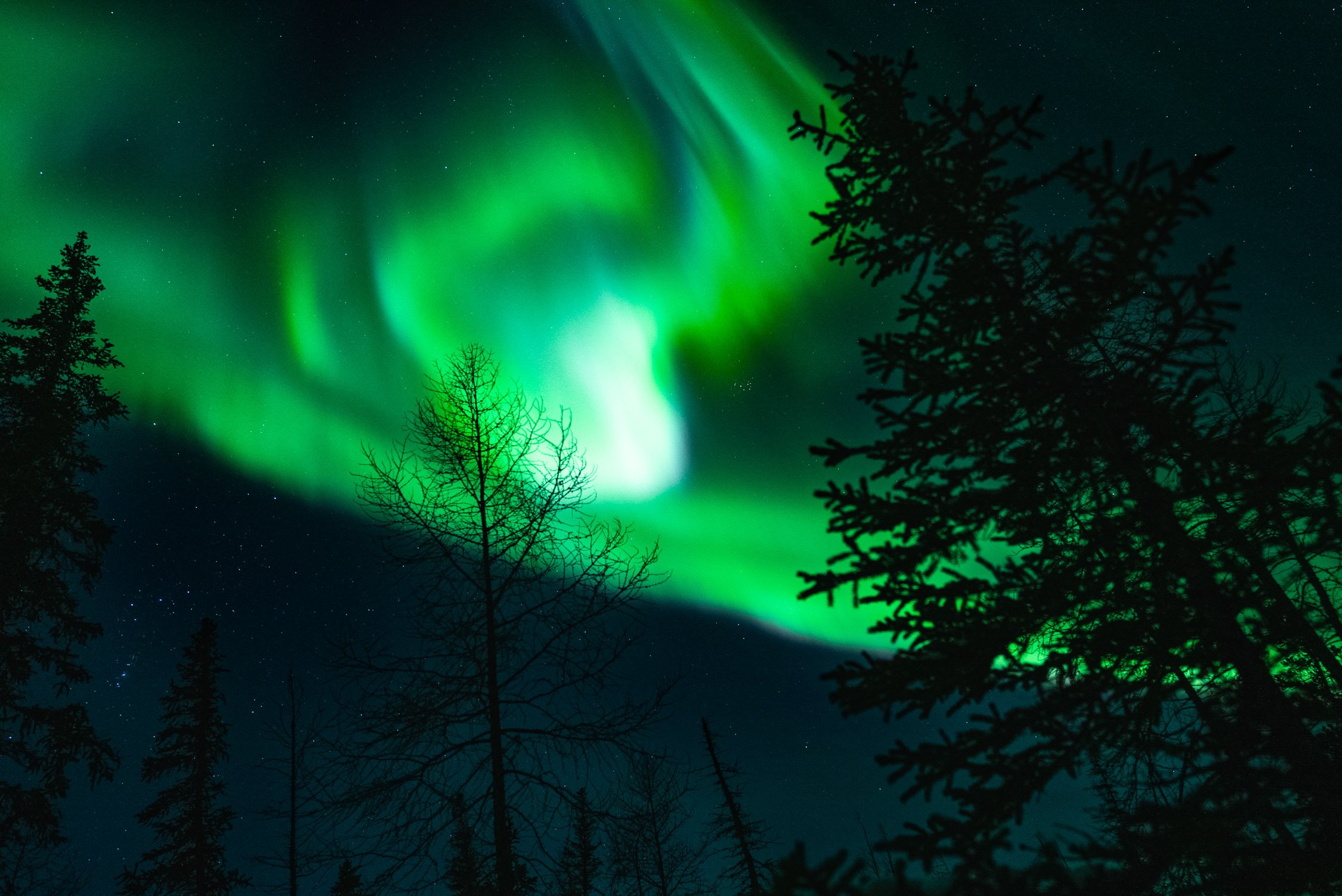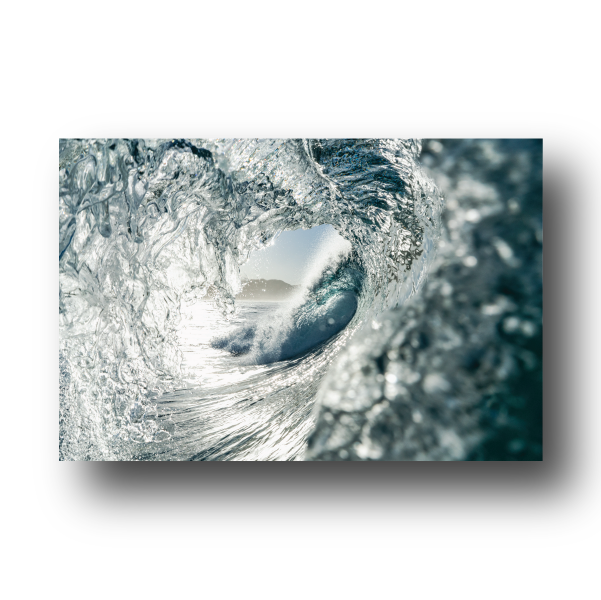Here's Why the Northern Lights Are So Bright Right Now
The Northern Lights, or Aurora Borealis, have captured the imagination of skywatchers for centuries. Recently, many have noticed these vibrant lights seem brighter and more frequent than usual. To understand why, we need to dive into the science behind the Northern Lights and the natural cycles that influence their visibility.
Northern Lights over a Sami dwelling in Norway. Photo by Dalton Johnson
The Science Behind the Northern Lights
The Northern Lights occur when charged particles from the Sun collide with gases in Earth’s atmosphere. This interaction takes place in the polar regions due to Earth's magnetic field, which directs these solar particles toward the poles. When the particles strike oxygen and nitrogen in the atmosphere, they create the stunning light displays we know as auroras. Oxygen tends to emit green and red light, while nitrogen gives off purple and blue hues, creating the vivid colors associated with the Northern Lights.
Why Are the Northern Lights So Bright Right Now?
The increased brightness and frequency of the Northern Lights can be attributed to a natural solar phenomenon called the solar cycle. The Sun goes through an 11-year cycle of solar activity, with alternating periods of high and low activity known as solar maximum and solar minimum. We are currently approaching solar maximum, expected to peak around 2025.
During solar maximum, the Sun emits a higher volume of solar wind, which is made up of charged particles. These particles, when they interact with Earth's atmosphere, cause more frequent and intense auroras. As we near this solar peak, the Northern Lights become brighter, more colorful, and visible farther south than usual.
The Northern Lights Cycle
The Northern Lights are most active during periods of increased solar activity, especially around the time of solar maximum. However, the auroras can also occur during geomagnetic storms caused by coronal mass ejections (CMEs)—huge bursts of solar wind and magnetic fields released from the Sun. CMEs can trigger particularly vibrant Northern Lights displays when they hit Earth’s atmosphere.
Another important factor influencing auroral activity is the Kp index, a scale that measures geomagnetic disturbances on a scale from 0 to 9. The higher the Kp index, the stronger the aurora. A Kp index of 5 or above often means the Northern Lights will be visible in areas farther away from the poles and possibly into the continental US. If the index was a 9, the entire world would see the aurora.
Best Places to See the Northern Lights
If you want to catch a glimpse of these spectacular light shows, location and timing are key. The Northern Lights are best viewed in the polar regions during the dark, clear nights of winter. Here are some of the top destinations for witnessing the Northern Lights:
Tromsø, Norway
Located above the Arctic Circle, Tromsø is one of the best places in the world to see the auroras. From late September to early April, the skies light up with frequent displays. The coolest way to experience Northern Lights in Norway is through the Northern Lights Cruise, check out this article to learn more.Reykjavik, Iceland
Iceland offers some of the most dramatic backdrops for viewing the Northern Lights. The combination of volcanic landscapes, glaciers, and auroras creates an otherworldly experience.Fairbanks, Alaska
Alaska is a prime spot for aurora hunters. The city of Fairbanks, in particular, lies under the auroral oval, giving visitors a high chance of seeing the lights during the long winter nights.Churchill, Manitoba
Churchill, known as the "Polar Bear Capital of the World," also offers incredible opportunities for viewing the Northern Lights. Located under the auroral oval and far from light pollution, Churchill provides clear skies and frequent aurora displays, especially during the long winter nights from January to March.Abisko, Sweden
The Abisko National Park is famous for its "Blue Hole," a patch of sky that stays clear even when surrounding areas are cloudy, increasing your chances of witnessing the aurora.
How to See the Northern Lights
If you’re planning a trip to see the Northern Lights, here are a few tips to maximize your chances:
Monitor Solar Activity
Keep an eye on solar weather forecasts and the Kp index. Websites and apps like SpaceWeatherLive, My Aurora, and AuroraWatch offer real-time aurora activity updates, allowing you to know when geomagnetic storms are happening.Choose the Right Time
Winter months offer the best viewing opportunities due to longer, darker nights. The Northern Lights are most active between September and April, with the strongest displays often occurring between 10 PM and 2 AM.Find a Dark Spot
Light pollution can diminish the visibility of the Northern Lights. To increase your chances, travel away from city lights and into rural or wilderness areas where the night skies are clearer.Check the Weather
Clear skies are essential for viewing the aurora. Cloud cover can block your view, so keep an eye on weather reports and aim for cloudless nights.
The Northern Lights putting on a show while in Churchill, Canada. Photo by Dalton Johnson
The Northern Lights are brighter and more frequent right now due to the Sun’s approaching solar maximum, which increases the volume of charged particles reaching Earth’s atmosphere. This natural cycle means the next few years will be some of the best for aurora viewing. By understanding the science behind the Northern Lights and planning carefully, you can witness one of the most extraordinary natural phenomena on the planet. So, grab your camera, head to one of the best Northern Lights destinations, and experience this awe-inspiring spectacle for yourself.












